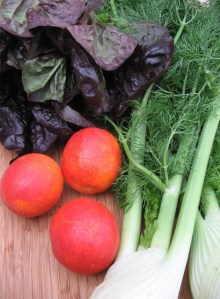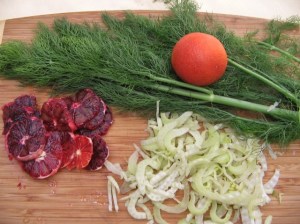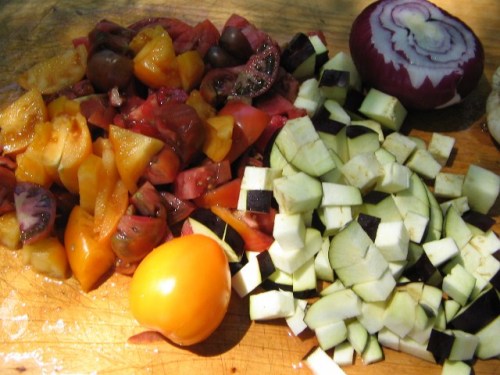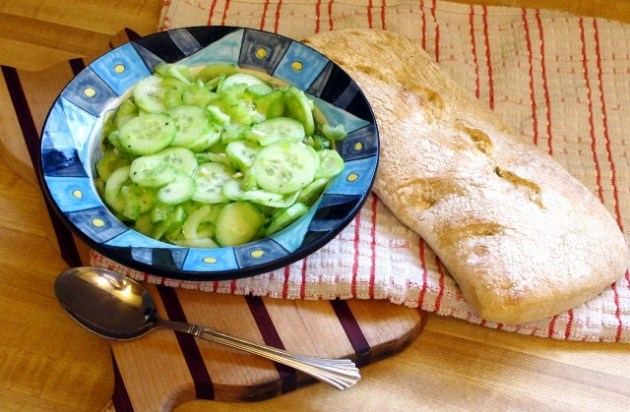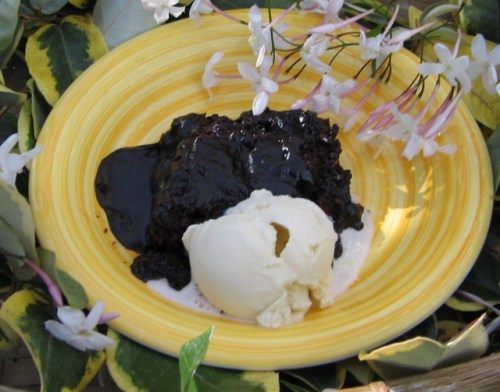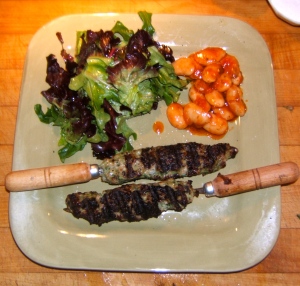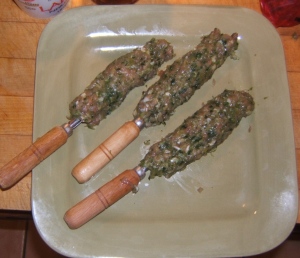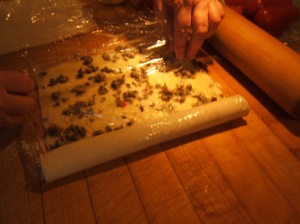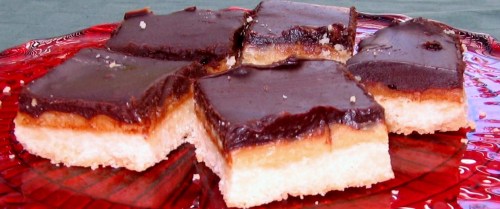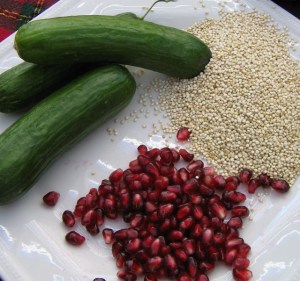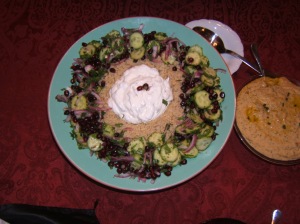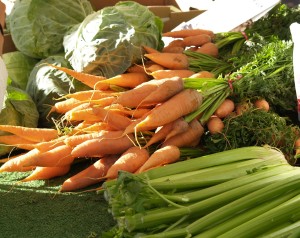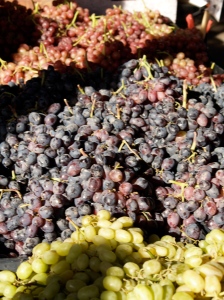I make lasagna for parties and potlucks; I often make it for the first night of our annual girlfriends four-day Cambria road trip, but I’m fairly sure my honey has never had it for a dinner with just the two of us. Mostly because, in true Perry fashion, I only know how to make a batch for 10 or more guests. I’m sure you can make smaller amounts, but why? The leftovers are even better for lunch or dinner the next day and the rest freezes perfectly for that night you are just too exhausted to prepare dinner. So here you go – dinner for 10 – just add salad and garlic bread.
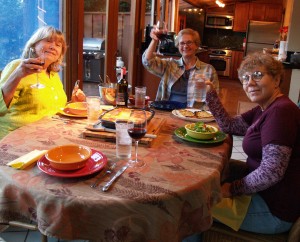
Good friends, a bottle of red & Red & White Lasagna
This lasagna uses both a red sauce and a faux bechamel/white sauce–it’s not a true bechamel because I don’t adorn an onion with whole cloves and steep it in hot milk for an hour. (That makes for a delicious sauce, yes, but I have a day job. And a life.)
Easy Red Sauce
1/2 small onion, chopped
1-2 tbls olive oil
4 large garlic cloves, minced
2 lg cans Italian stewed tomatoes (try to find Italian, they’re better!)
1/2 cup red wine (good wine, follow my mantra – if you can’t drink it, don’t cook with it)
1 small can tomato paste
2 tsp Trader Joe’s 21-Seasoning Salute*
2 tsp Trader Joe’s Pasta Seasoning Blend
Salt and pepper to taste
Heat the olive oil in a large skillet; warm the olive oil (you want medium heat–olive oil burns if your heat is too high), then add onions and sauté until tender (about 3 minutes). Pour in the tomatoes and smash them until they’re in smaller chunks. Add tomato paste, spices and red wine. Simmer with a screen cover (so it doesn’t splatter all over your stove) for about half an hour. Salt and pepper to taste.
Easy White Sauce
1/4 cup butter (half a stick)
1/3 cup flour
1 qt half and half
1 tbls Knorr Caldo de Pollo powder
1/4 cup white wine
1 1/2 teaspoons nutmeg (or to taste; sometimes I use more)
Melt butter in large saucepan until bubbly. Add flour and stir in; the flour should be absorbed. Stir for about 3 minutes; don’t allow to turn brown! Add wine and then the milk until the mixture is thick and starts to bubble (it might not take the full quart). Then add in the pollo de caldo powder. Last, turn off heat and stir in nutmeg.
Hazel’s Red-and-White Lasagna
Ingredients:
Red and white sauces (purchased red is ok if you have a favorite, although I prefer my own)
1 package of Trader Joe’s Quattro Formagio cheese mix
1 8-ounce package of sliced white mushrooms
1 small onion, halved and thin sliced
1 package TJ’s Italian sausage (Chicken)
Olive oil
1 package no-boil lasagna noodles
1 tub Ricotta
Bring a large sauté pan to heat and splash in a couple tablespoons olive oil. Squeeze the chicken sausage from its casings and crumble into the pan. Sauté til cooked through, crumbling into big chunks. Remove from pan and add the sliced onions and mushrooms. Sauté til golden, then remove from heat.
In a large deep lasagna baking pan splash the bottom with olive oil, and smear over the bottom and sides of pan. Ladle in approx 1 cup of your red sauce and add the first layer of dry, uncooked lasagna noodles. Add another cup of red sauce to the top and spread roughly with flat wooden spoon. Sprinkle half your sausage over that layer. Add half the mascarpone by teaspoonfuls across this layer and then add about a cup of the cheese mix. Add another layer of noodles, this time covering with a cup of the béchamel sauce. Sprinkle this layer with half the onion-mushroom mix and the balance of the mascarpone and another cup of cheese mix. For the next layer, red sauce and the balance of the sausage and another cup of the cheese mix. For the final layer, cover with noodles, the last of your béchamel sauce and mushroom/oinion mix and the last of the cheese mix. Bake for about 45 minutes at 350 degrees. Enjoy!
Hazel
*Another WordPress blogger who is equally devoted to Trader Joe’s seasoning blends notes that Costco carries a similar product–in, of course, a much larger package. Check out Carrol’s comments in What I Crave here. I too run out of 21-Seasoning Salute all too often, so this is info I can use!
